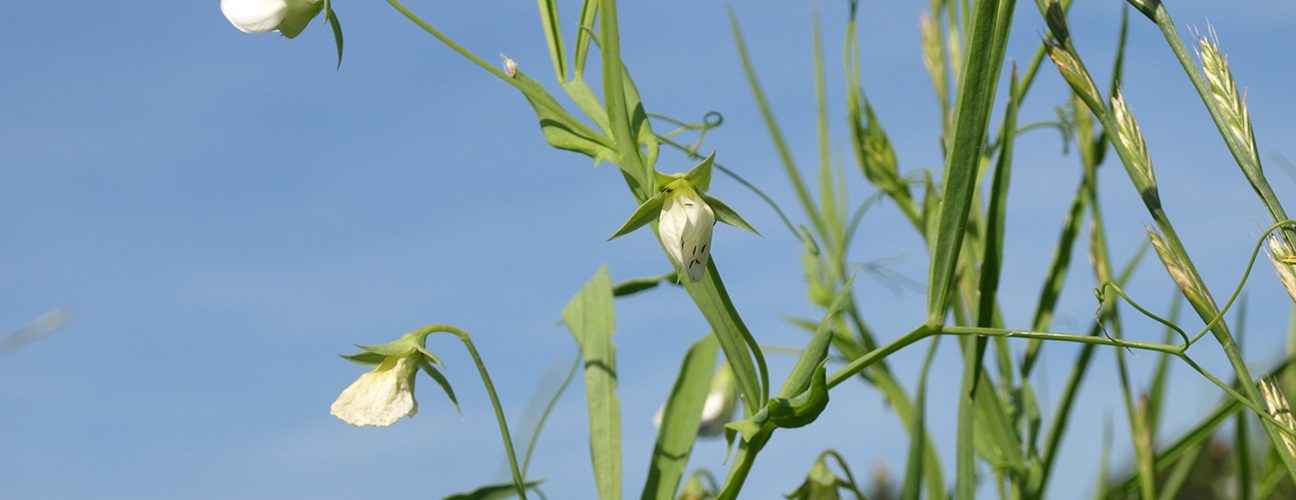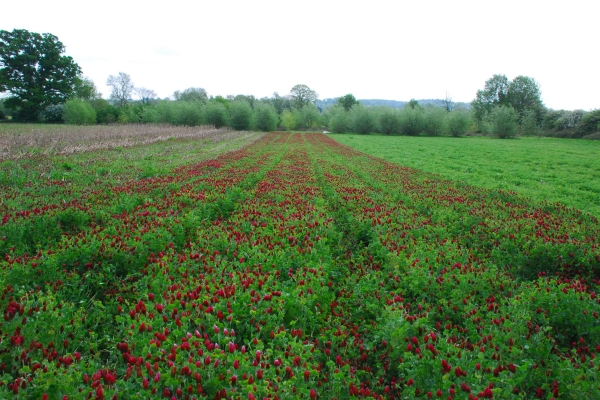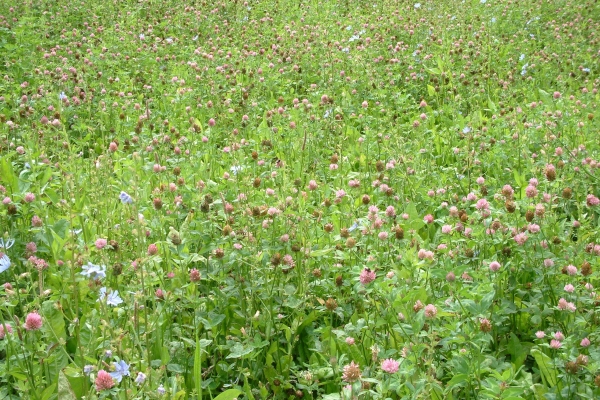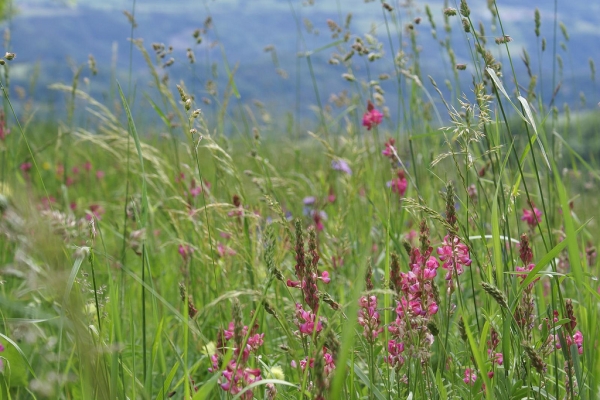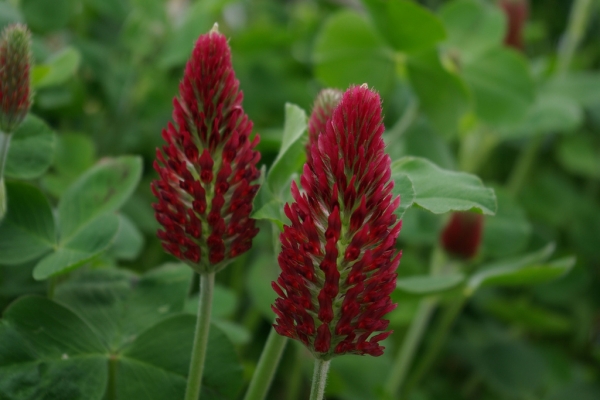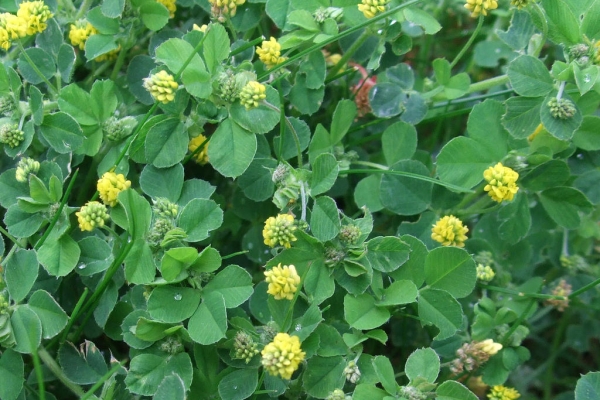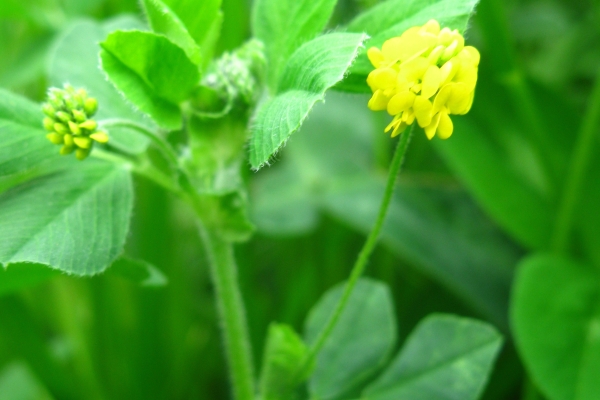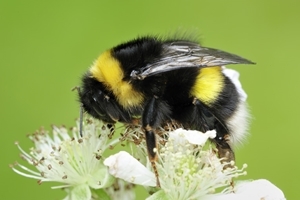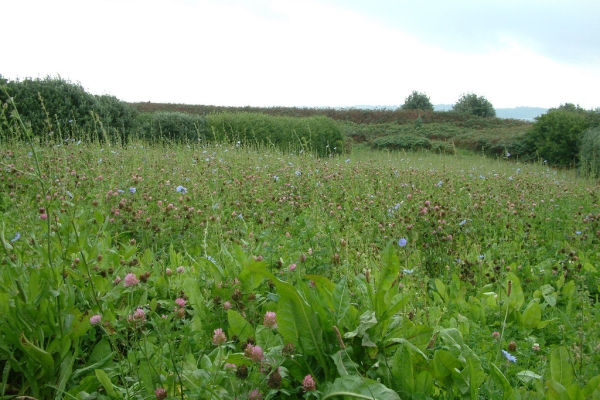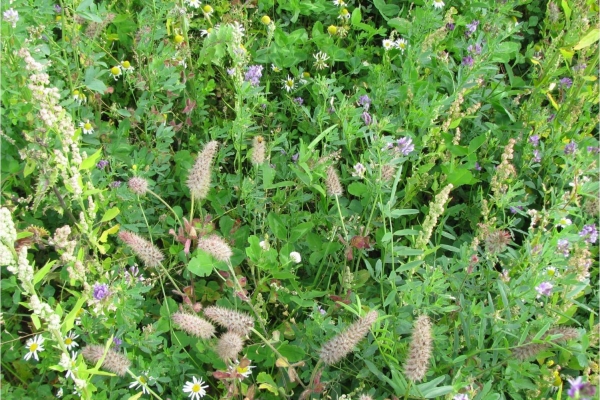Diverse legume leys: pollinator benefits
Resource explained
This short guide explains the importance of using legume leys on your farm to help increase the diversity and abundance of pollinators. It is based on findings from the Defra-funded LegumeLINK project and research carried out by the University of Reading.
There is information on why it is good to plant a diverse legume ley, why provide for pollinators, and the benefits of legumes particularly in relation to attracting pollinators.
There is a useful quick-reference guide to some of the most important forage species you could use which includes brief information about which pollinators they particularly support.
Findings & recommendations
- Pollinators help increase the yield quality and quantity of some major fruit and vegetable crops, providing an estimated £440 million to UK agriculture every year (as of 2010). They also play a vital role in helping to maintain habitats, pollinate wild flowers and provide food resources for birds and other insects.
- The steady decline there has been in pollinator groups has been attributed to habitat loss, pesticides and agricultural intensification.
- While you can fix a large amount of nitrogen using simple clover and ryegrass mixes, the leys produced can be very susceptible to extreme climatic events and the capacity to attract pollinators is limited. Increasing the diversity of species in leys on your farm can benefit pollinators throughout the pollinating season and also help you to build in soil fertility.
- Legumes are especially important as a food resource for pollinators outside of major crop flowering times.
- Growing more diverse legume species over longer periods of time also attracts a more diverse range of pollinators.
Related articles
Guidance on legume species characteristics and management to help you formulate your own seed mixtures, based on Legume LINK research.
The Legume LINK final report, with pointers to help you improve the efficiency of your leys, benefiting crop production and pollinators.
An article outlining properties of two species that could be considered for fertility-building mixes, trialled in the Legume LINK project.
Details on alsike and crimson clover that will help assess suitability for inclusion in fertility-building mixes, as defined in Legume LINK.
Two lesser-used legume species with properties that you can make use of in fodder, green manure or hay crops, as highlighted in Legume LINK.
An article outlining properties of three species that could be considered for fertility-building mixes, trialled in the Legume LINK project.
Game & Wildlife Conservation Trust information on managing flower-rich habitats on your farm with links to some important research.
Research findings from Denmark provide nsights into management of hay fields that may help increase plant and insect diversity.
The AgroDiversity toolbox wiki; an interactive website to help spread knowledge about legume and non-leguminous species and machinery and practices.
